#mosaic on floor
Explore tagged Tumblr posts
Text

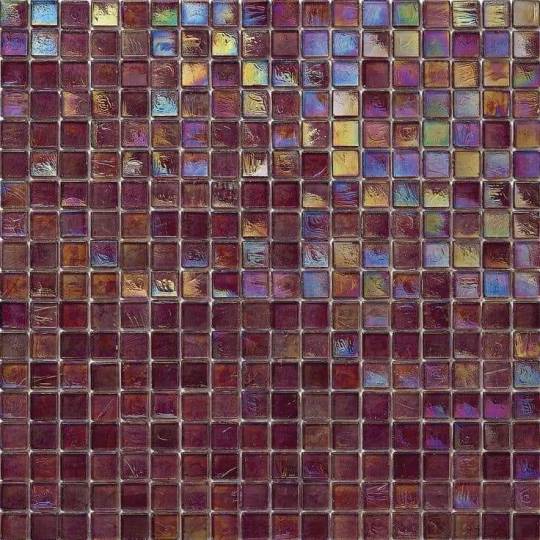
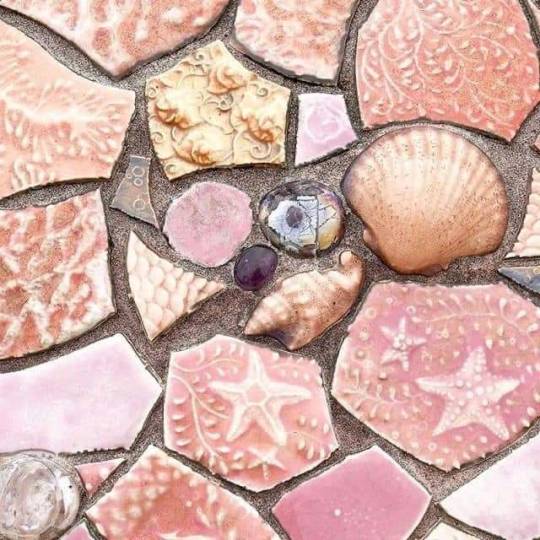
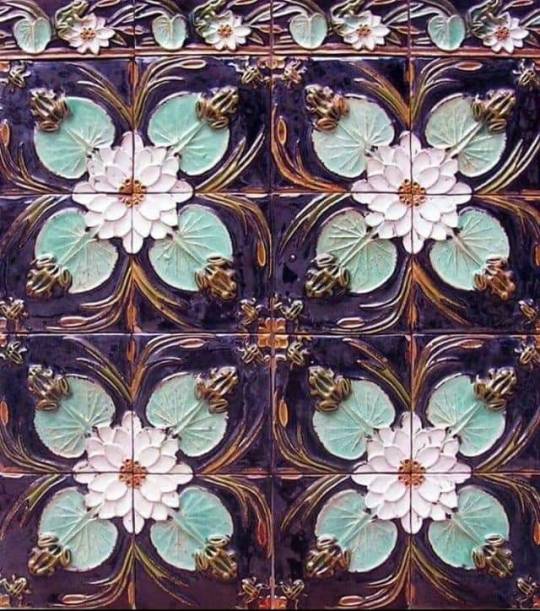
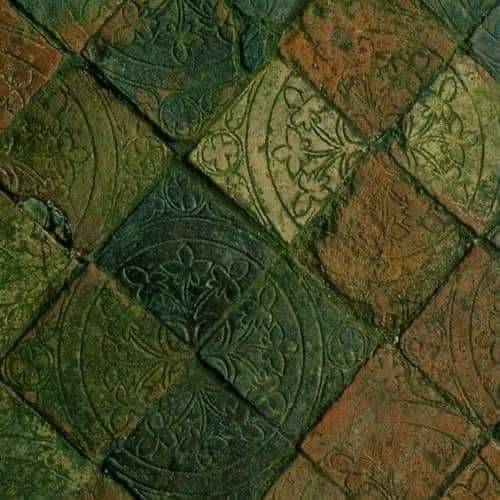

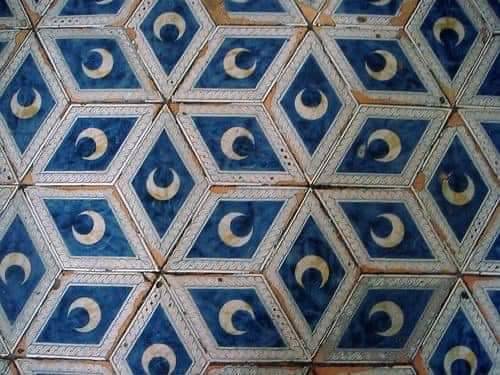


✨Pretty floor mosaics✨
#dark academia#light academia#classical#academia aesthetic#escapism#academia#books and libraries#classic literature#books#architecture#objects#mosaic#floor#tiles#pretty#royal core#cottage core#aesthetic#academic#artistic#mood#vibe#beautiful#tumblr
29K notes
·
View notes
Photo

Contemporary Bathroom Atlanta Inspiration for a mid-sized contemporary 3/4 white tile and ceramic tile marble floor alcove shower remodel with an undermount sink, recessed-panel cabinets, white cabinets, limestone countertops, a one-piece toilet and gray walls
0 notes
Photo

Atlanta Contemporary Bathroom Inspiration for a mid-sized contemporary 3/4 white tile, ceramic tile, marble floor, undermount sink, white cabinets, limestone countertops, a one-piece toilet, and gray walls remodel.
0 notes
Text


The mosaic floor of a dining room in a Roman villa in Antandros in Anatolia, which was occupied between the 3rd and 6th centuries AD.
#ancient rome#roman empire#ancient history#ancient art#ancient culture#mosaic#mosaic floor#floor mosaic#ancient civilisations#anatolia#ancient anatolia#roman anatolia#geometric pattern
290 notes
·
View notes
Text
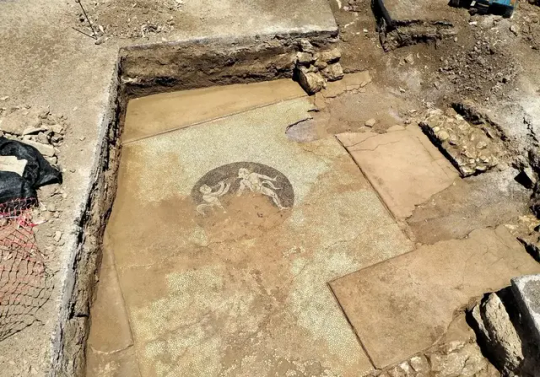
Archaeologists Discover Rare Pebbled Mosaic Featuring Naked Satyrs
Archaeologists excavating in ancient Eretria have discovered a pebbled mosaic floor featuring two naked satyrs.
Eretria was founded on the Greek island of Euboea, emerging as an important polis and trading centre from the 6th and 5th century BC.
The city was described as being involved in several significant historical events. It was listed by Homer in the Iliad as one of the Greek cities which sent ships to fight in the Trojan War.
During the Ionian rebellion against Persia in 499 BC, Eretria and Athens sent aid to their Ionian allies, resulting in the burning of Sardis, the capital of the Persian satrapy of Lydia.
Recent excavations by the Greek Ministry of Culture have unearthed a building near the sanctuary of Daphniforos Apollo, the “Quarter of the Panathenaic Amphorae” and the “House of the Mosaics”.
Within the building interior, archaeologists found a mosaic floor made from natural pebbles, with surviving walls on the south and east sides. The mosaic features a circular black medallion and two naked satyrs, a nature spirit with ears and a tail resembling those of a horse.
Satyrs were considered companions of the god Dionysus, which were thought to inhabit woodlands, mountains, and pastures. The Romans identified satyrs with their native nature spirits, fauns, often shown as a half-human and half-goat creatures.
Excavations also found a raised floor to the north and east sides of the room where reclining couches were likely placed. According to the archaeologists, the room dates from the 4th century BC and served as a banqueting space for celebrations and gatherings.
The area of the building was used as a cemetery during the early Christian era (5th to 6th century AD), where five tombs have been identified within the interior, and five more tombs adjacent to the exterior south wall.
By Mark Milligan.
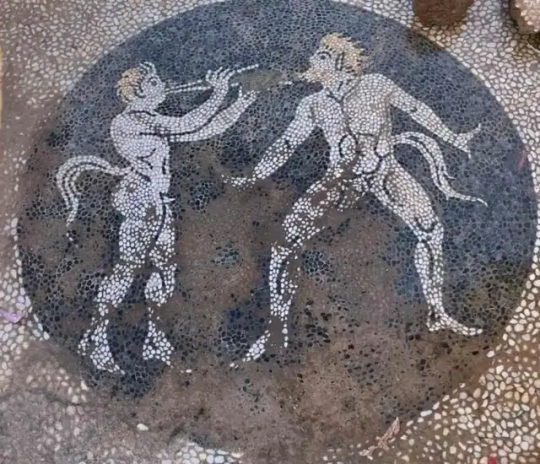
#Archaeologists Discover Rare Pebbled Mosaic Featuring Naked Satyrs#ancient Eretria#Greek island of Euboea#sanctuary of Daphniforos Apollo#mosaic#mosaic floor#ancient artifacts#archeology#archeolgst#history#history news#ancient history#ancient culture#ancient civilizations#ancient greece#greek history#greek art#ancient art
227 notes
·
View notes
Text

192 notes
·
View notes
Text
just ran across this perfect 2000-year-old portrait of a pet who knows what he did.
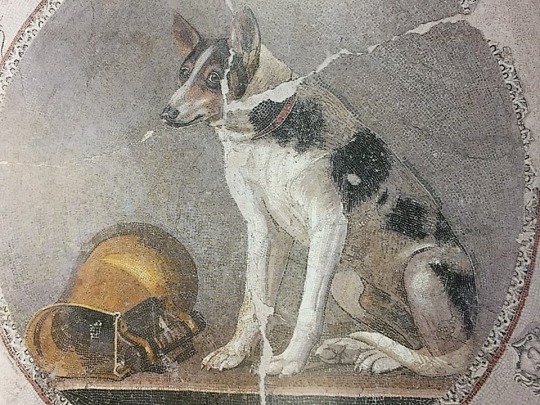
"Dog Mosaic," Ptolemaic period, 2nd century BCE, floor of a house in Alexandria, Egypt. 3.25x3.25m. (Pitcher is probably gold.)
1K notes
·
View notes
Text

Magnificent Roman floor mosaic of the Villa Romana del casale in Piazza Armerina, Sicily, Italy.
153 notes
·
View notes
Text
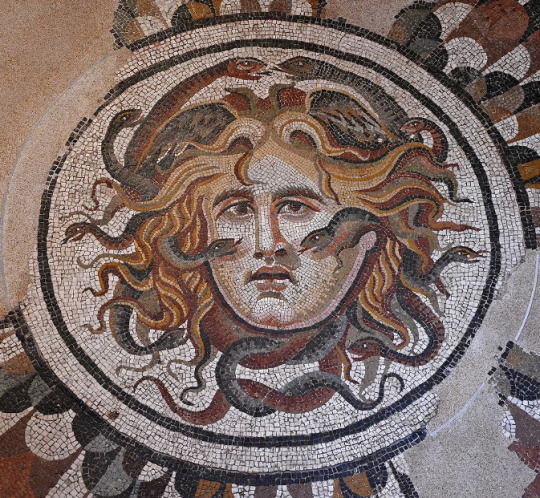
Central panel of a mosaic floor with the head of Medusa, 1st - 2nd century CE. Baths of Diocletian, Rome.
#mosaic#ancient rome#ancient art#antiquities#diocletian#art#fine art#artwork#art on tumblr#art of the day#rome#snakes#antiquity#mosaic floor#medusa art#ancient roman#ancient roman art#roman antiquities#gorgon#medusa
68 notes
·
View notes
Text

#italian living#italian design#italian interiors#maximalist interiors#maximalist design#orange couch#orange velvet#orange furniture#tiled floor#mosaic floor#green walls#interior design#interior ideas#interiors
558 notes
·
View notes
Text

A fountain and beautiful tile work.
#fountain#tile work#floor tiles#tiles#blue#mosaic#toya's tales#style#toyastales#toyas tales#art#secret garden#garden#outdoor lifestyle#outdoor living#fall vibes#fall aesthetic#fall#autumn#exterior#plants#plant girl#home improvement#home & lifestyle#home and garden#home design#home#garden design#garden decor#landscape design
42 notes
·
View notes
Text

Mosaico de los Amores, Spain
#archaeology#mosaic#spain#art#jaén#andalucía#history#antiquity#cástulo#roman#ancient rome#ancient world#mosaics#europe#european#iberian peninsula#iberia#hispania#linares#floors#tiles#archaeologist#mosaico de los amores#mosaico#photography#photograph
407 notes
·
View notes
Text
#MosaicMonday:

Image of what is likely a Crowned Crane (Balearica spp.), endemic to continental Africa, on the Byzantine floor mosaic of the Petra Church, Jordan, 5th-6th c. CE.
#animals in art#birds in art#bird#crane#crowned crane#African animals#Petra Church#Byzantine art#ancient art#mosaic#floor mosaic#tilework#exotic animals
54 notes
·
View notes
Text
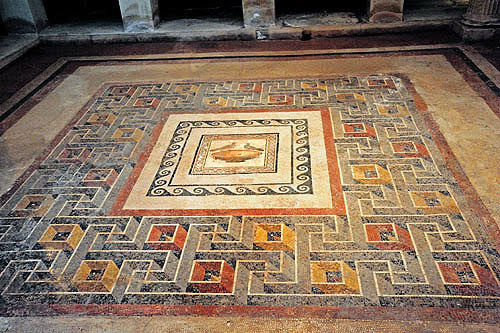
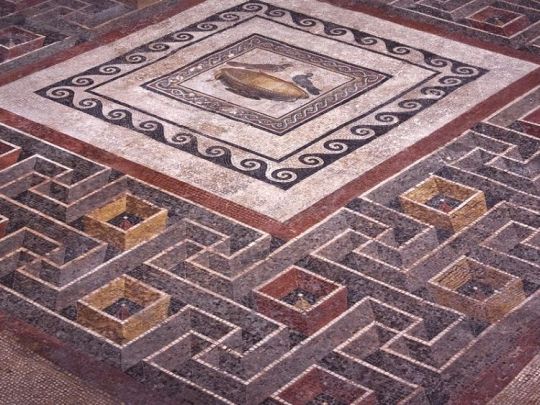
An impressive mosaic from Domus Romana, a luxurious villa in Malta that was inhabited from the first century BC to the second century AD.
#ancient rome#roman empire#ancient art#ancient history#ancient culture#ancient civilizations#floor mosaic#roman mosaic#one of the things i need#domus romana#mosaic
185 notes
·
View notes
Text

The Largest Ancient Floor Mosaic in Turkey Uncovered
The structure with the largest floor mosaic in Cappadocia and Central Anatolia Region was unearthed during the excavations carried out in Örenşehir District of İncesu district of Kayseri province, located in the center of Türkiye.
During ongoing excavations, new mosaics were unearthed from the villa, which is estimated to have been built in the 4th century.
The excavations are carried out under the direction of Nevşehir Hacı Bektaş Veli University, Department of Art History, Lecturer Dr Can Erpek.
Kayseri Provincial Director of Culture and Tourism, Şükrü Dursun, stated that the excavation began three years ago and that “the structure is expanding every year.” The initial assessment of the mosaic area, which was 300 square meters, has now reached up to 600 square meters.”

Stating that the excavations carried out with the support of Kayseri Metropolitan Municipality continued in an area of approximately 4 thousand square meters, Dursun continued his words as follows:
“In our assessments, we have come to the conclusion that this place was built in the 4th century. According to the findings, there are also traces dating back to the 3rd century and beyond. The quality craftsmanship used in the floor mosaics suggests that this place was used as a very important villa in its era.”
“In the area identified as the reception hall, a Latin inscription was found. In addition to that, Greek inscriptions were also uncovered. Geometrically decorated mosaics are predominantly present here. We have reached the end of our excavations for this year. Hopefully, our work will continue next year.”

The excavation director, Can Erpek stated that the structure continued to be used during the Byzantine period and after the Turks came to Anatolia.
He said, “This place has approximately 33 rooms, spread over a very large area, and is a high-level residence. We have not yet fully reached the boundaries of this residence. It has highly valuable floor mosaics. In the Central Anatolia Region, which includes the Cappadocia region, we do not see such a large residence with floor mosaics. In Cappadocia, during the Roman and Byzantine periods, we generally know about imperial properties. Here, we have encountered the name ‘Hyacinthos’ in the inscriptions. We consider this name to belong to an administrator. When the data becomes clearer, we can more confidently say that it was the residence of an important figure serving in imperial property.”

Stating that Kayseri resembles an open-air museum, Metropolitan Mayor Memduh Büyükkılıç stated that they supported 6 archaeological excavations in different parts of the city.
Büyükkılıç said, “The mosaics unearthed during the excavations here once again emphasized that Kayseri is the cradle of civilization in Anatolia,”.
By Oguz Kayra.
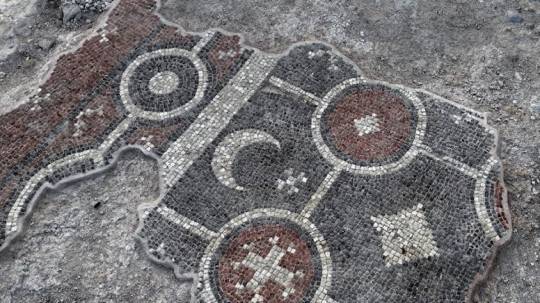
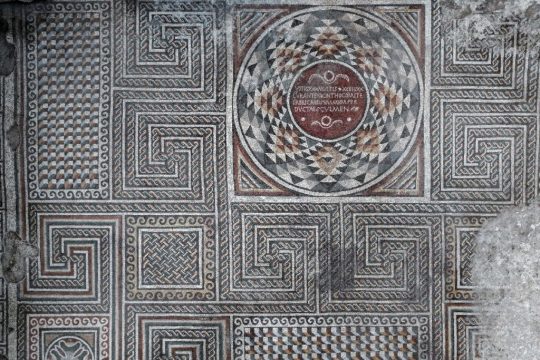

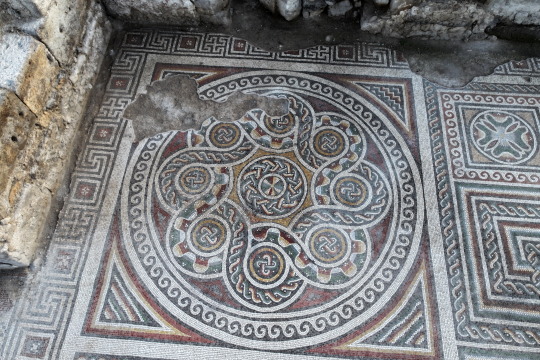

#The Largest Ancient Floor Mosaic in Turkey Uncovered#Cappadocia#Central Anatolia Region#mosaic#art#artist#art work#art world#art news#ancient artifacts#archeology#archeolgst#history#history news#ancient history#ancient culture#ancient civilizations#roman history#roman empire#roman art
196 notes
·
View notes
Text

theres no end. no door.


#TRYING REALLY HARD TO DO PIXEL MOSAIC EFFECTS WITH MY ACTUAL PHYSICAL PAINTBRUSH#imagine some sort of evil indie game pixel style wounded sprite dragging itself creepily cross the floor. thats what i was imagining.#sayerposting#my lovely art#auugghhghhh AUUUUUUU#POINTS IN CASE ITS TOO ABSTRACT. THATS SIM YOUNG
36 notes
·
View notes